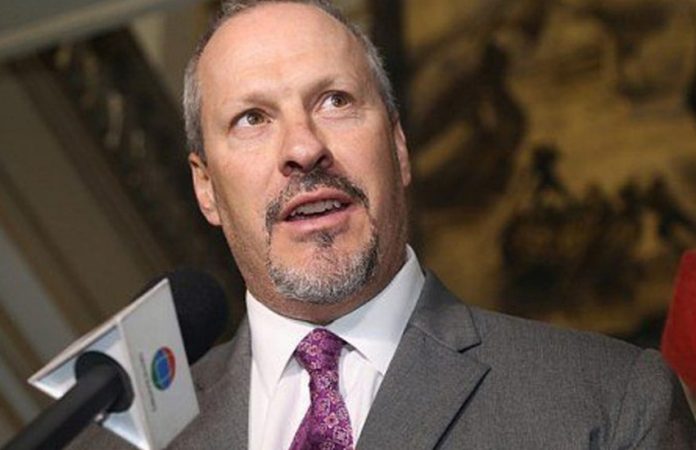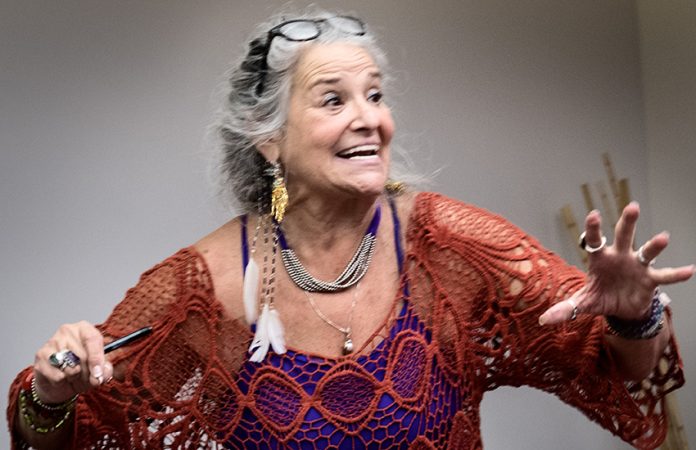Seven Zapatistas set sail for Europe on Sunday to highlight and discuss inequality and spread their message against capitalist oppression.
Four women, two men, and one non-binary person departed from Isla Mujeres, Quintana Roo, in a century-old German sailboat christened La Montaña, or “The Mountain.”
The delegation from the Zapatista Army of National Liberation (EZLN), a group best known for staging an uprising in Chiapas in 1994, plans to arrive at the port of Vigo in Galicia, Spain, in about six weeks to coincide with the 500th anniversary the fall of the Aztec capital of Tenochtitlán.
For the EZLN capitalism is responsible for violence against women, the genocide of native peoples, racism, militarism and the exploitation and destruction of nature.
The group has accepted invitations to meet with NGOs and other groups in 30 European countries and territories, according to their spokesperso,n Subcomandante Moisés, among which are Germany, Denmark, Hungary, Italy, the United Kingdom, Cyprus, Sardinia, Catalonia, France, Russia and Poland.
The travelers received special training in Chiapas, substantial parts of which are controlled by the EZLN.
“The invasion has begun” said Moisés, alluding to the voyage made by Spanish conquerors to Mexico more than half a millennium ago.
He stressed, however, that the EZLN’s invasion differs in its aims. “This is a journey for life,” he said.
The group’s former leader, Subcomandante Galeano, spoke of the obstacles the project has faced. “It was not easy. In fact, it has been tortuous. In order to stick to our calendar we had to face objections, guidance, discouragement … prudence and straight sabotage,” he said in a statement.
The oldest crew member, Bernal, 57, was confident. “We are not nervous, we are ready,” he said.
A group of indigenous Otomí people sent the adventurers off with applause, proclaiming with raised fists: “Zapata vive, la lucha sigue!” or “Zapata lives, the fight continues!”
Sources: Milenio (sp), The Guardian









